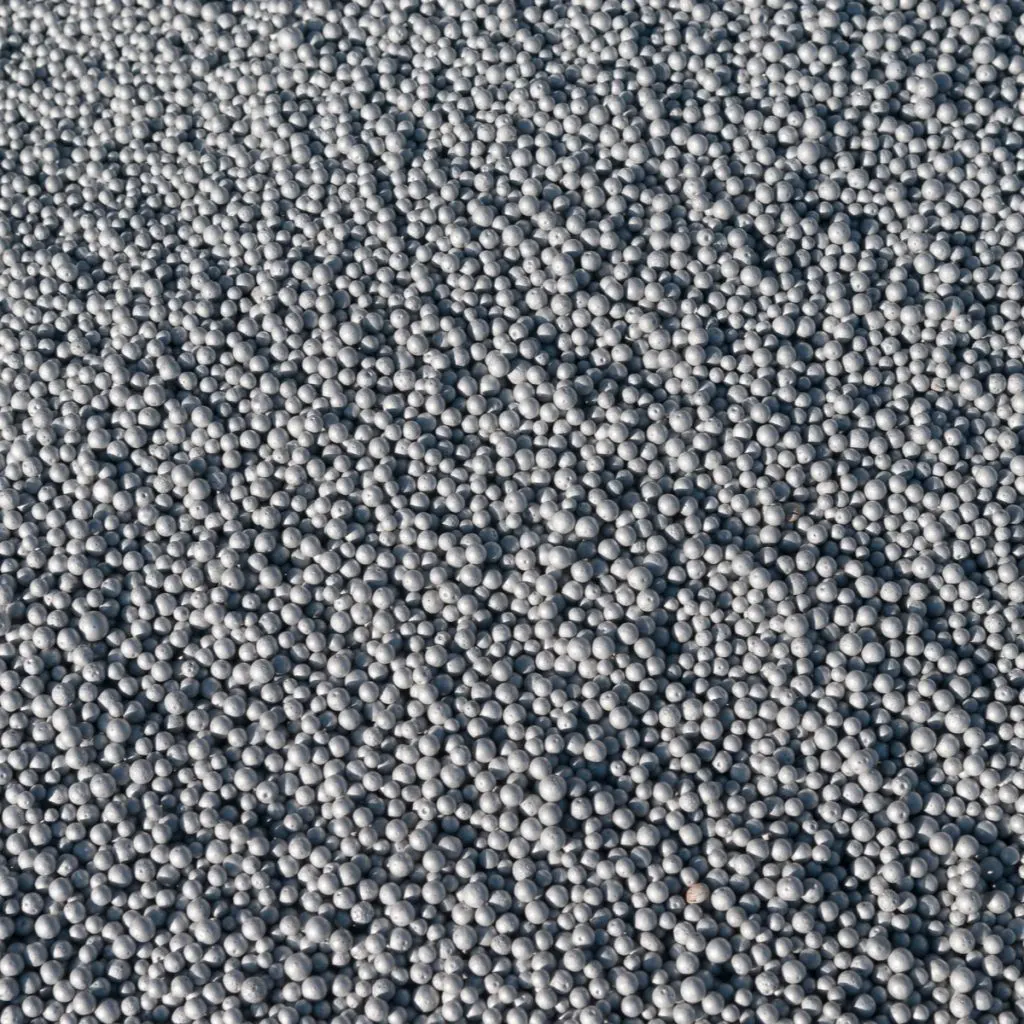It is a lightweight cellular material consisting of fine spherical shaped particles which are comprised of 98% air and 2% polystyrene. Expandable polystyrene is a rigid cellular plastic containing an expansion agent called pentane. Low Thermal Conductivity: the material has a long term R-value meaning it is resistant to heat flow making it an ideal product for thermal insulation. Low Water Absorption: EPS bead does not absorb moisture and its thermal properties are not affected by damp, humidity or moisture. Its closed cell means it cannot absorb water and bead will maintain its shape, size, structure and appearance. Ageing Resistance: all the above properties are retained over the materials life and will last as long as the building itself.





